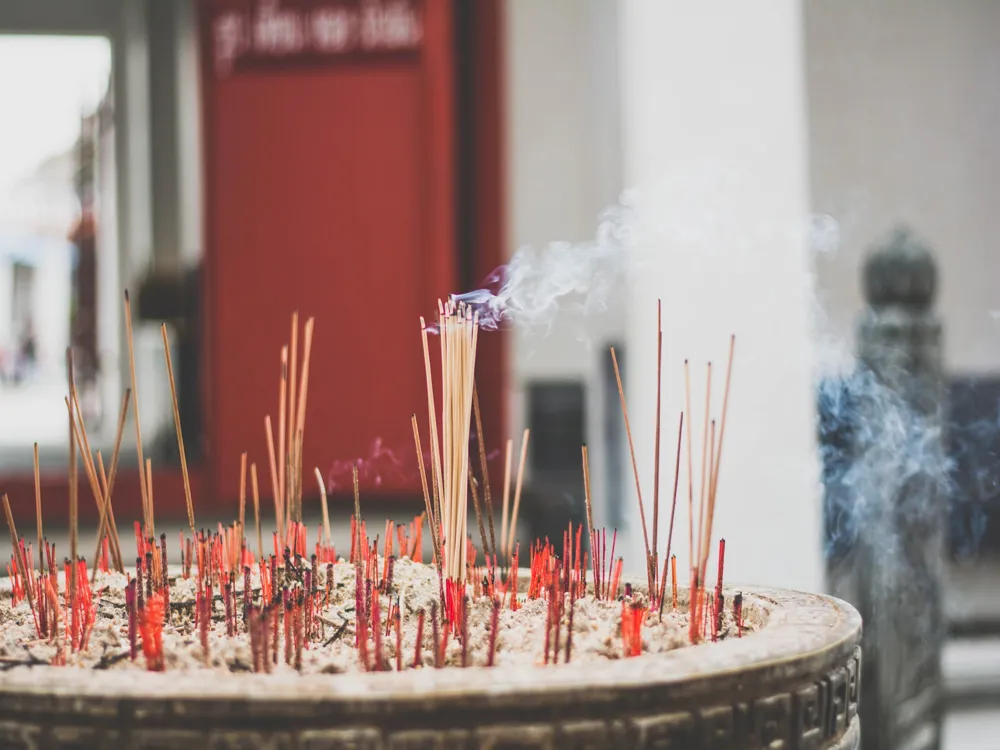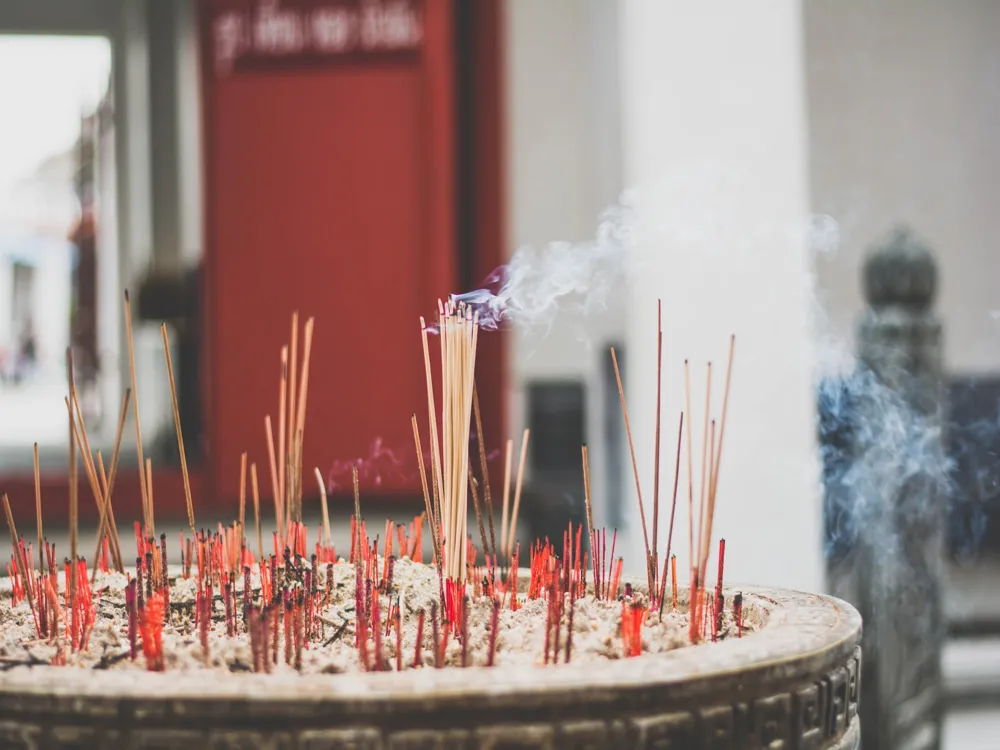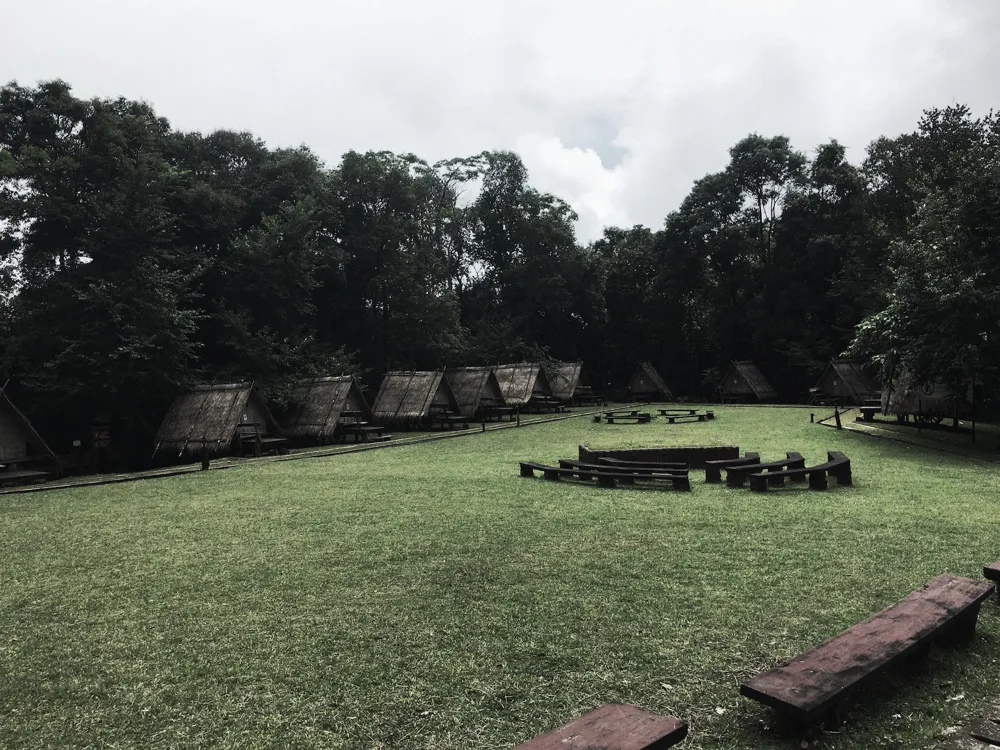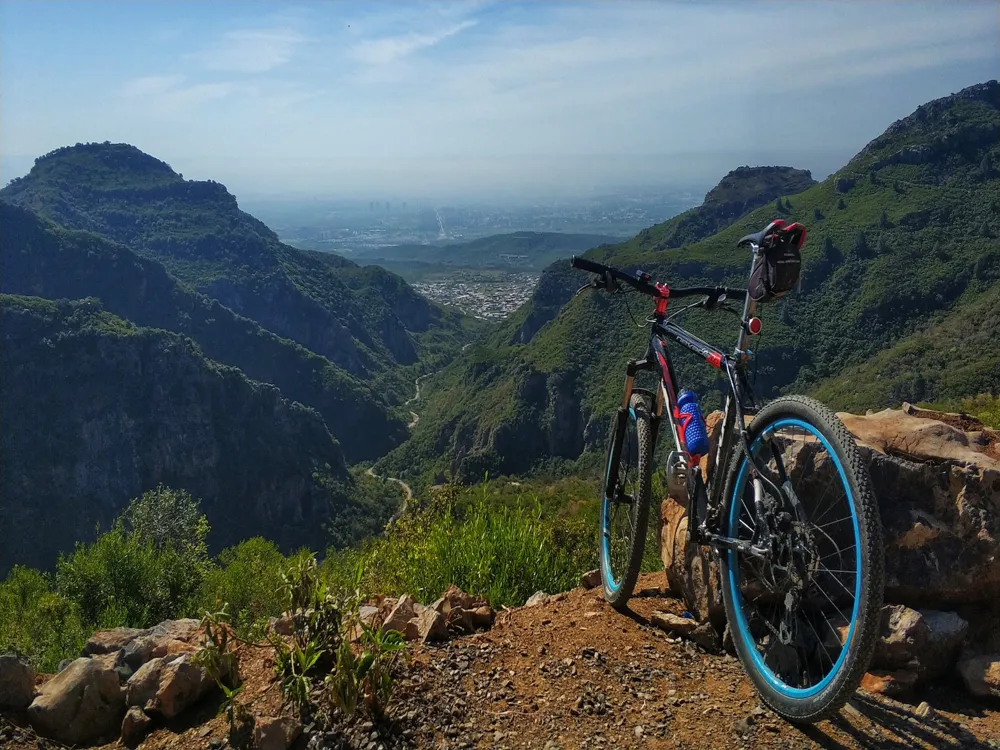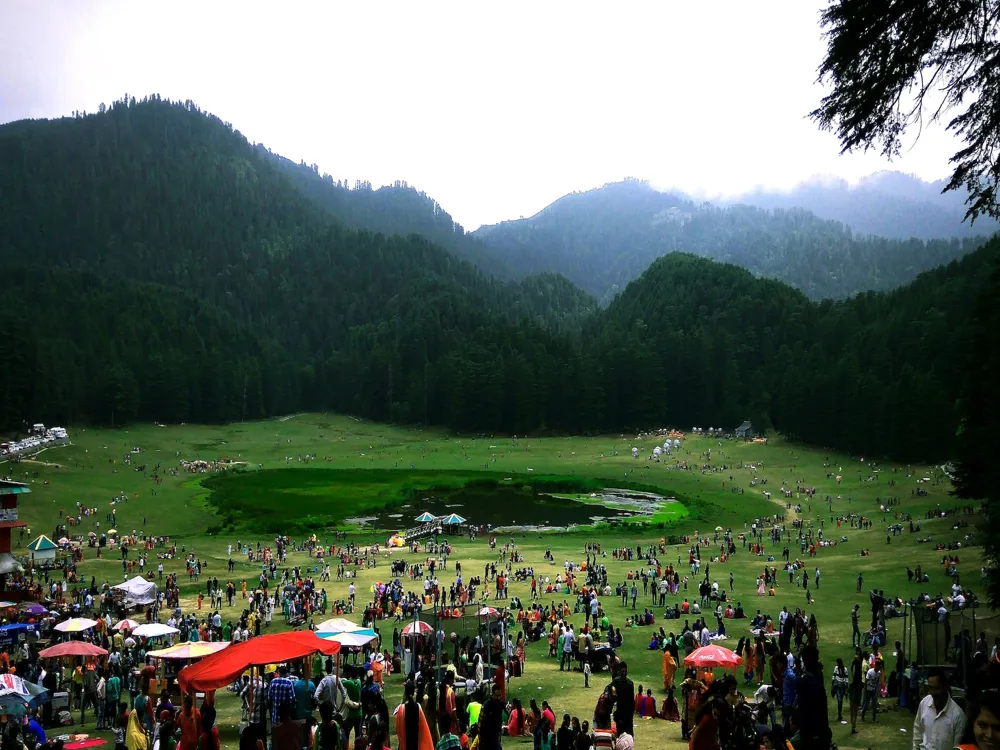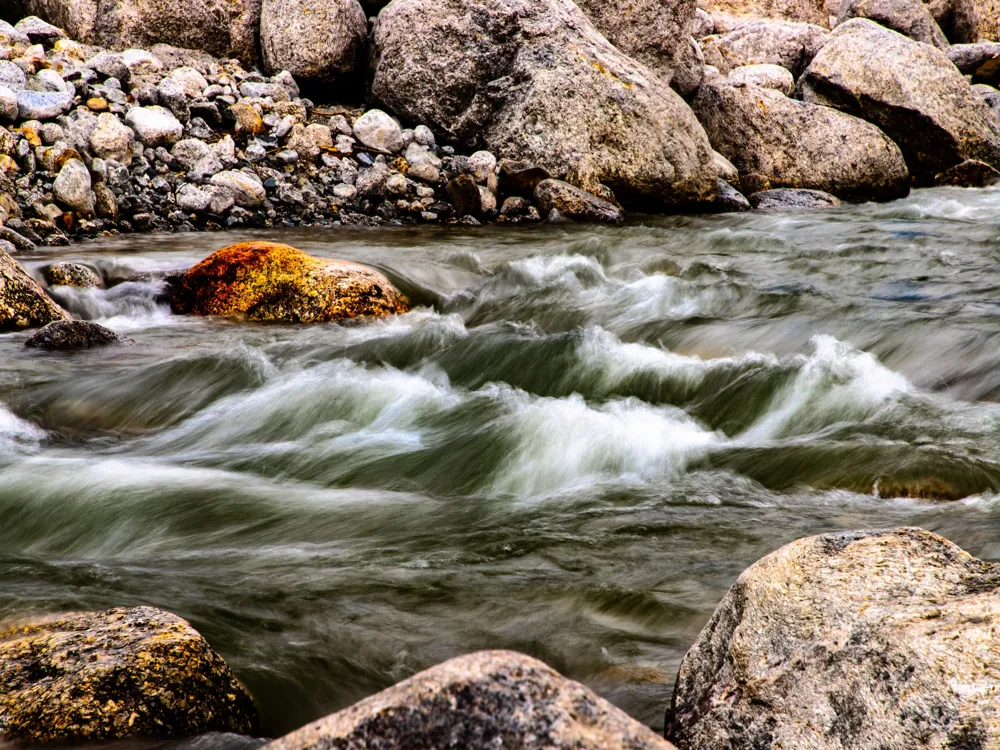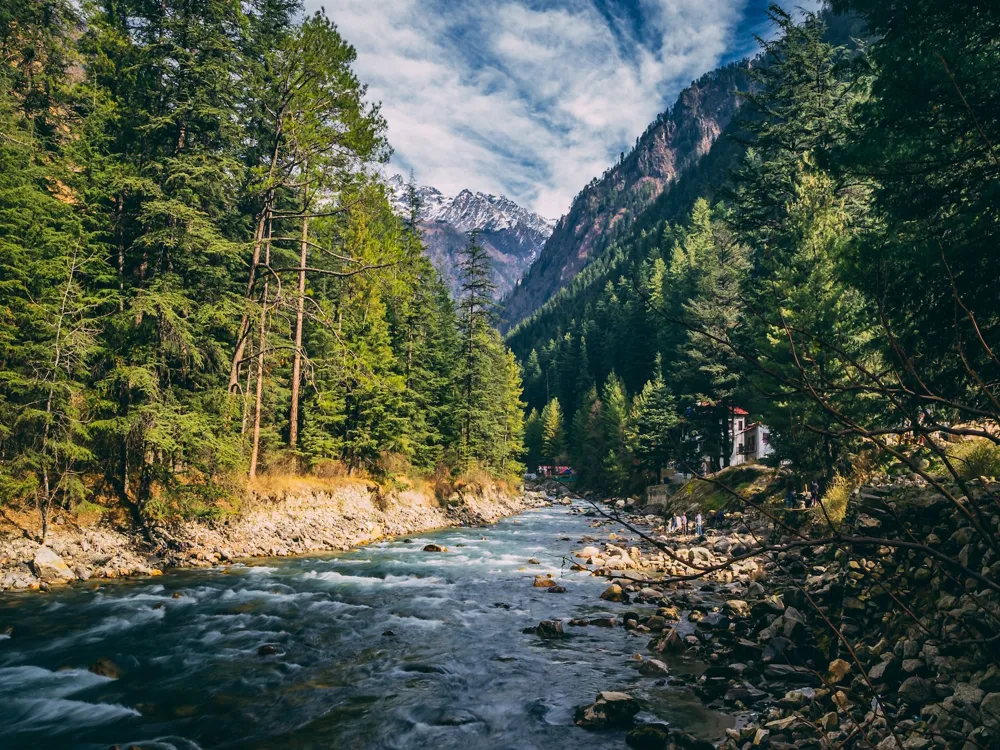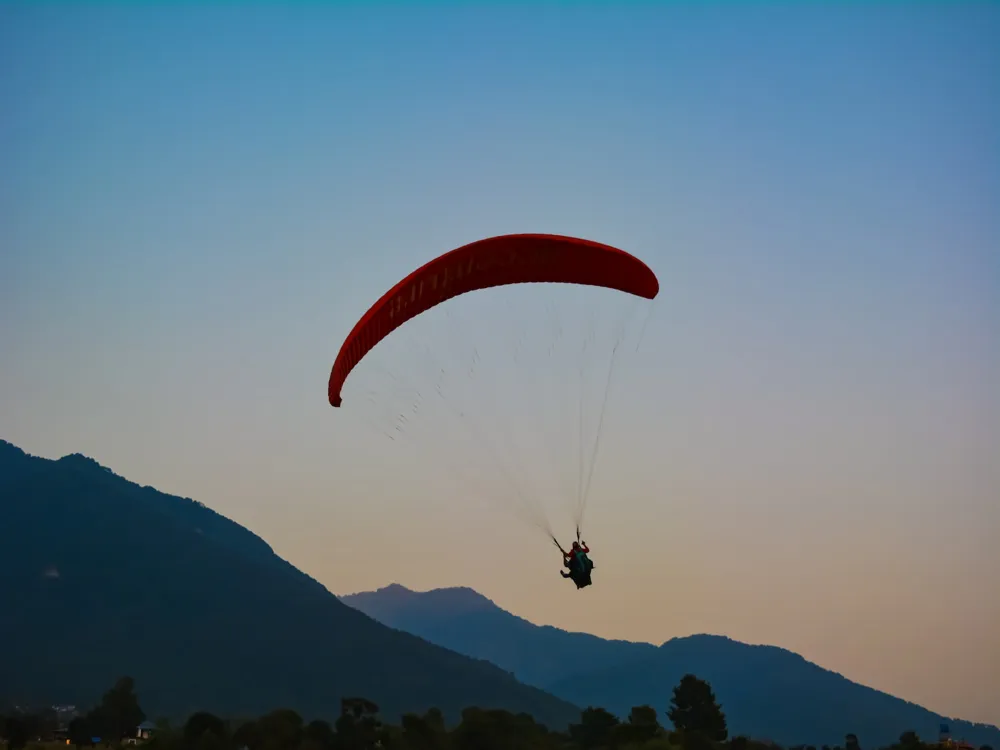Nestled in the serene landscapes of Kangra Valley, Dadasiba is a hidden gem in Himachal Pradesh, India. This quaint village, surrounded by lush greenery and majestic hills, offers a tranquil retreat away from the bustling city life. The history of Dadasiba dates back centuries, making it a place of significant cultural and historical importance. Its proximity to the Dhauladhar Range adds to its scenic beauty, attracting nature lovers and peace seekers alike. The village is not only a picturesque spot but also a testament to the rich cultural heritage of Himachal Pradesh.
Dadasiba's geographical location in the Kangra district contributes to its unique climatic conditions. The village experiences a moderate climate throughout the year, making it an ideal destination for tourists in any season. Its elevation and location offer panoramic views of the surrounding mountains, providing a perfect backdrop for nature walks and photography.
The cultural fabric of Dadasiba is woven with traditions and historical narratives. The village is known for its vibrant festivals and fairs, which reflect the rich customs of the region. These events are a melange of music, dance, and local handicrafts, offering a glimpse into the life and traditions of the Himachali people.
The culinary delights of Dadasiba are a treat for food enthusiasts. Local dishes, prepared with traditional recipes and organic ingredients, offer authentic flavors of Himachal Pradesh. Handicrafts, such as woolen garments and hand-woven shawls, are popular souvenirs, showcasing the artistic skills of the local artisans.
The architecture of Dadasiba is a fascinating blend of historical and cultural influences. The village is renowned for its ancient temples, which exhibit exquisite craftsmanship and intricate designs. These structures are not just places of worship but also serve as a window into the architectural heritage of the region. The use of locally sourced materials, such as wood and stone, in construction reflects the sustainable practices of the local community.
The temples in Dadasiba are exemplary of the Pahari style of architecture. They feature elaborate wood carvings, ornate facades, and multi-tiered roofs. The intricate details and motifs on the temple walls depict mythological stories and local legends, capturing the spiritual essence of the place.
The influence of Tibetan architecture is evident in some of the structures in Dadasiba. This fusion of styles creates a unique architectural landscape, blending the local Pahari designs with Tibetan elements. The vibrant colors and patterns used in these buildings add to the aesthetic appeal of the village.
The architecture of Dadasiba is not only about aesthetics but also sustainability. The use of natural materials and traditional building techniques demonstrates the community's commitment to environmental conservation. These practices ensure that the structures are not only durable but also blend seamlessly with the natural surroundings.
Although Dadasiba can be visited throughout the year, the ideal time is from March to June and from September to November. During these months, the weather is pleasant, allowing for outdoor activities and exploration. Respecting local customs and traditions is crucial when visiting Dadasiba. Dress modestly, especially when visiting temples, and always ask for permission before taking photographs of the locals. From homestays to guesthouses, Dadasiba offers a range of accommodation options. Staying with a local family provides an authentic experience of Himachali hospitality and culture.
Dadasiba is well-connected by road and can be reached from major cities in Himachal Pradesh and neighboring states. The nearest airport is in Dharamshala, and the closest railway station is in Pathankot. From these points, one can hire taxis or take buses to reach Dadasiba.
Overview of Dadasiba, Kangra, Himachal Pradesh
Geographical Significance
Cultural and Historical Importance
Local Cuisine and Handicrafts
Architecture of Dadasiba
Temple Architecture
Influence of Tibetan Architecture
Sustainable Building Practices
Tips When Visiting Dadasiba
Best Time to Visit
Local Etiquette and Customs
Accommodation
How To Reach Dadasiba
Dadasiba
Kangra
Himachal Pradesh
NaN onwards
View kangra Packages
Weather :
Kangra Travel Packages
View All Packages For Kangra
Top Hotel Collections for Kangra

Private Pool

Luxury Hotels

5-Star Hotels

Pet Friendly
Top Hotels Near Kangra
Other Top Ranking Places In Kangra
View All Places To Visit In kangra
View kangra Packages
Weather :
Kangra Travel Packages
View All Packages For Kangra
Top Hotel Collections for Kangra

Private Pool

Luxury Hotels

5-Star Hotels

Pet Friendly












